Focus on infrastructure investment
Currently, there are 112 markets in the province, a decrease of 25 markets compared to 2018, mainly due to the elimination of temporary markets or the conversion of some ineffective markets. Of which, classified by market class, there is 1 class 1 market; 15 class 2 markets; 69 class 3 markets; 25 temporary markets; 1 floating market and 1 night market. Classified by construction nature, there are 48 permanent markets, 36 semi-permanent markets (25 temporary markets, 1 floating market, 1 night market and 1 class 3 market without a market house). Classified by location, there are 39 urban markets and 73 rural markets. Currently, a total of 69/87 markets are operating effectively, accounting for 79.4% (excluding temporary markets). The number of ineffective markets is 11/87 markets, accounting for 12.6% of the total number of markets in the province (excluding 25 temporary markets). Markets that stopped operating due to lack of traders were 7/87, accounting for 8%.
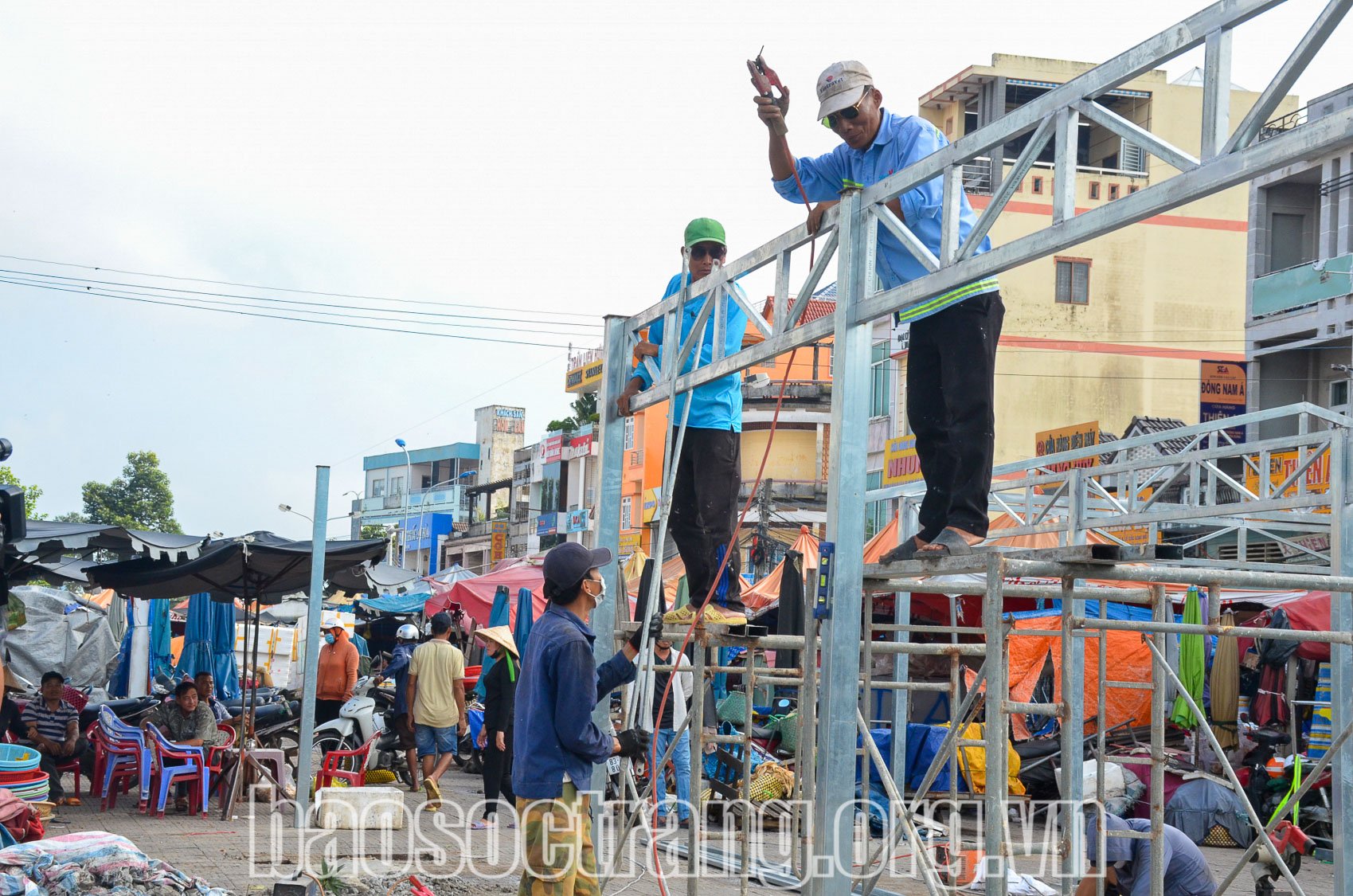 |
| Soc Trang city's central market has been upgraded and is operating effectively. Photo: HOANG LAN |
According to the leaders of the Department of Industry and Trade of Soc Trang, recently, localities have paid attention to investing in upgrading, repairing, and building new traditional markets. Specifically, in the period of 2018 - 2024, the whole province has invested in building 51 markets (building 13 new markets, renovating and upgrading 38 markets) with a total cost of 84 billion 349 million VND (central budget capital 8 billion 465 million VND; local budget capital 16 billion 187 million VND; socialized capital 59 billion 722 million VND); of the 13 newly built markets, 5 markets are invested by enterprises with a total cost of over 50 billion VND. Thanks to that, the infrastructure system at the markets basically meets the requirements of safe and hygienic buying and selling. Most of the permanent and semi-permanent markets have clean water systems, and periodically dredging sewers every year; The markets are equipped with lighting systems to meet the needs of small traders; most markets are equipped with fire fighting equipment; they are linked with daily garbage collection units; all permanent and semi-permanent markets, when built, have internal traffic routes designed to be airy and convenient for the movement of both sellers and buyers...
Ms. Tran Thi Nhieu - a trader at Huynh Ky market, Vinh Hai commune, Vinh Chau town (Soc Trang) happily said that since the State invested in building a new Huynh Ky market, traders have had a clean, airy place to buy and sell without having to worry about running for a place every time it rains or is hot and sunny. Ms. Vo Thi Hom - a trader at Huynh Huu Nghia market, My Tu district (Soc Trang) said that every year the market is invested in repairs and upgrades, electricity and water are fully supplied so traders can feel secure in buying and selling.
There are still many difficulties and obstacles.
In the province, markets managed by enterprises include: Mang Ca market, Nhon My market (Ke Sach district); Huynh Huu Nghia town market (My Tu district); Ward 1 market (Nga Nam town); Ward 1 market (Vinh Chau town) and An Thanh 1 market (Cu Lao Dung district). The remaining 45 markets are managed by market management boards, 23 markets are managed by market management teams and 39 markets are managed by commune and ward officials (including 25 temporary markets).
 |
| Many localities have inappropriate market planning, so traders cannot operate and have to apply for a change of function. Photo: HOANG LAN |
Of the 112 markets, only 57 have a stable source of income. The income is spent on many items to maintain market operations such as: electricity, water, sanitation, waste treatment, salaries for employees, market managers, security guards; minor market repairs and payment to the local budget (if any). Of the 57 markets with income, currently only 17 have surplus revenue to pay to the local budget every year. For the remaining markets, the income is very low due to the small market area; the market only meets once a day, the market does not operate effectively, so the situation of revenue not being enough to cover expenses often occurs. Therefore, many markets have degraded, the market floor is flooded, water stagnant, the walls of the market cage are old and moldy, the electrical wires are not arranged neatly, the ceilings and roofs are damaged and leaky, but investment capital has not been arranged or businesses have not been able to call for investment. The situation of markets being held without planning, spontaneously, encroaching on the road and sidewalks around the market area is still common, affecting the business of the planned markets, the aesthetics of the market area, environmental sanitation, and traffic safety. Some markets have invested in building new ones but are ineffective, the market houses are not used, many kiosks are abandoned; purchasing power at the markets is gradually decreasing, the rate of non-cash transactions is insignificant...
According to the explanation of localities and specialized sectors, currently the capital for market development investment is limited while capital mobilization from other sources is difficult, enterprises are only interested in projects with commercial advantages (mainly concentrated in cities and towns of districts and towns) with the ability to recover capital quickly and generate high profits, while rural markets, remote areas are small in scale, have a narrow scope of operation, mainly serving the daily needs of local residents, so it is difficult to call for investment from enterprises. Converting business models and exploiting markets is difficult due to regulations and the fear of change of small traders. Some localities have planned construction sites that are not favorable for trade, leading to empty markets... In addition, due to the impact of economic recession and competition from modern forms of commerce such as shopping malls, supermarkets, and convenience stores, purchasing power at traditional markets is now gradually decreasing, mainly buying and selling fresh food, self-produced goods, and general merchandise. Small traders selling the remaining items face many difficulties.
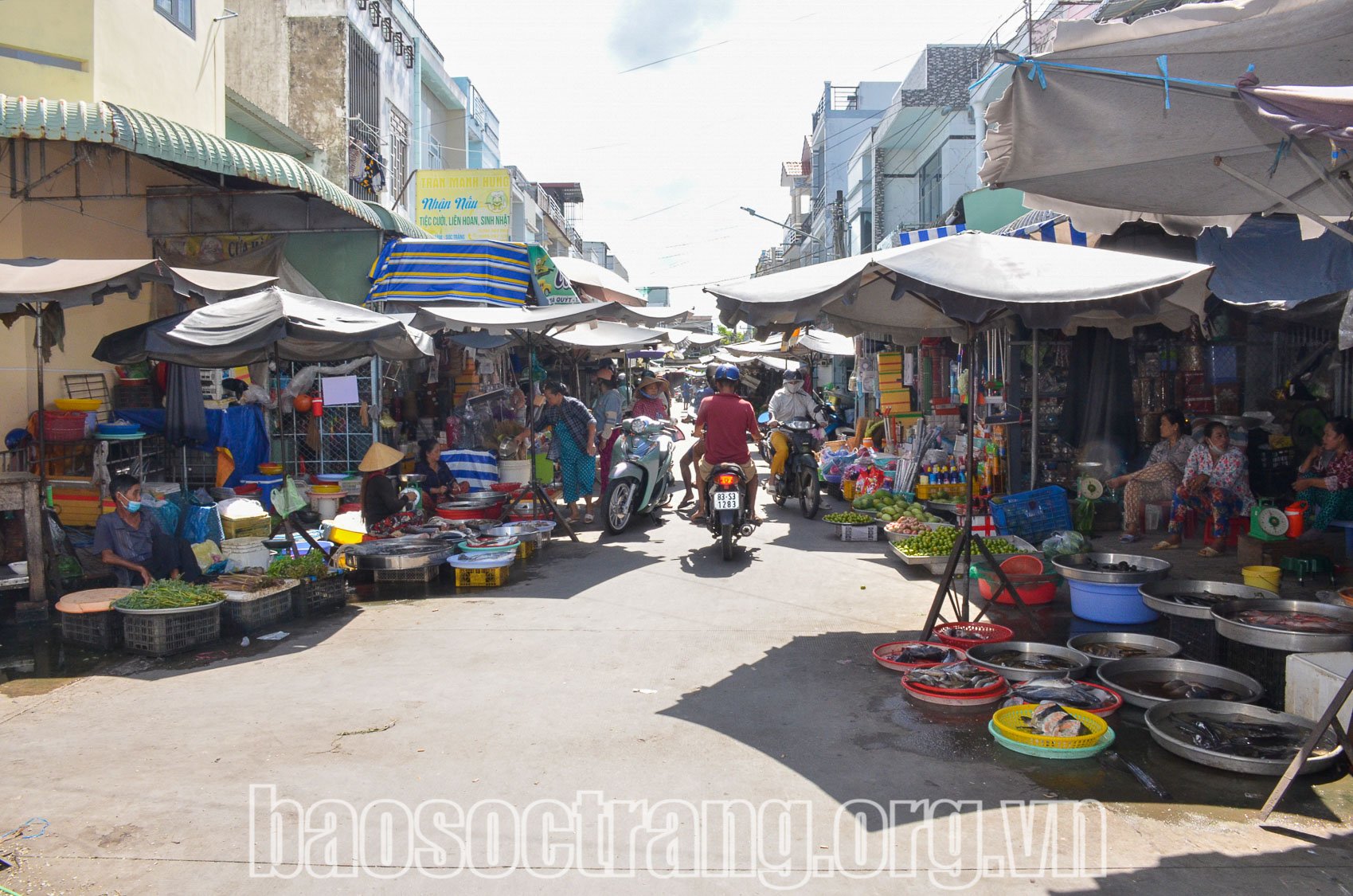 |
| The situation of buying and selling encroaching on the road and sidewalks around the market area is still common, affecting the business of the planned markets, the aesthetics of the market area, environmental sanitation, and traffic safety. Photo: HOANG LAN |
To improve the operational efficiency of traditional markets in the coming time, the leader of the Department of Industry and Trade said that, based on the Soc Trang Provincial Planning for the period 2021 - 2030, with a vision to 2050 and Decree No. 60/2024/ND-CP, dated June 5, 2024 of the Government on market development and management, and related regulations, urgently implement them according to assigned authority; at the same time, advise the leaders of Can Tho City People's Committee to promulgate policies and mechanisms for market development and management, market development plans, market management organization and business activities at the market. Coordinate with functional agencies to propose a list of projects and funding sources for investment in construction, maintenance and repair of degraded markets from various sources. Propaganda and raise awareness of small traders in renewing their thinking and business methods; Promote propaganda and mobilize traders and people to use online payment applications, aiming to not use cash in transactions... These things will contribute to improving the efficiency of traditional market operations.
HOANG LAN
Source: https://baosoctrang.org.vn/thuong-mai-dich-vu/202506/cong-tac-phat-trien-quan-ly-cho-truyen-thong-con-nhieu-kho-khan-1974176/


























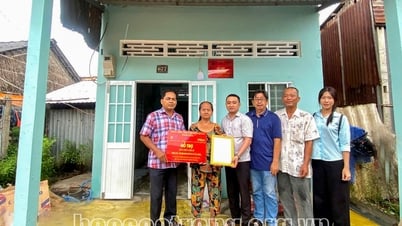


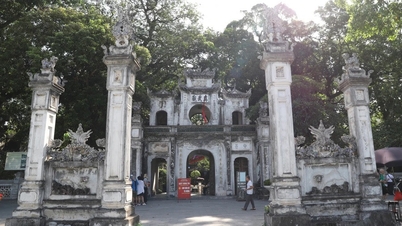

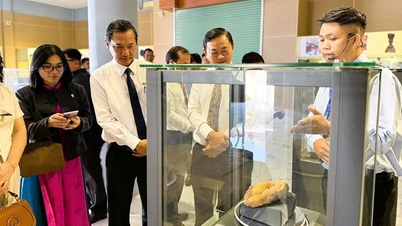

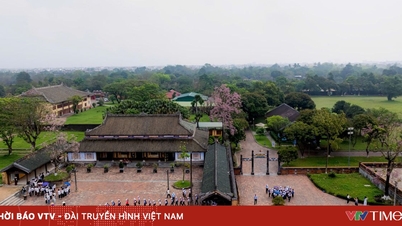













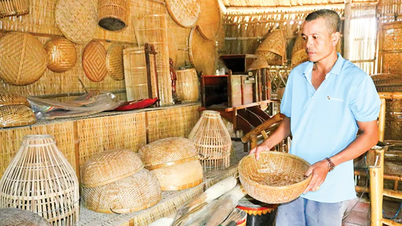









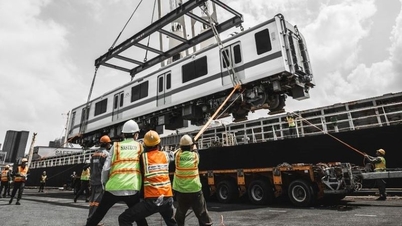














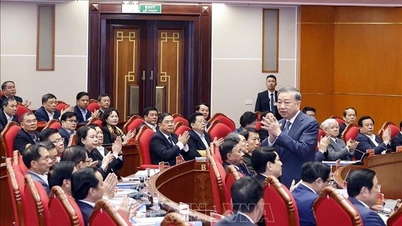
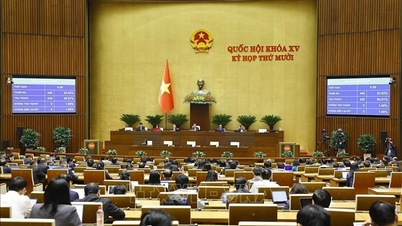








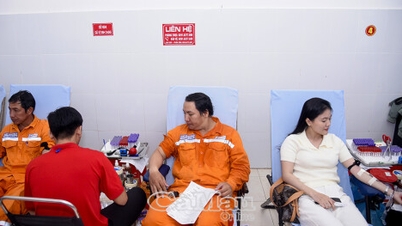







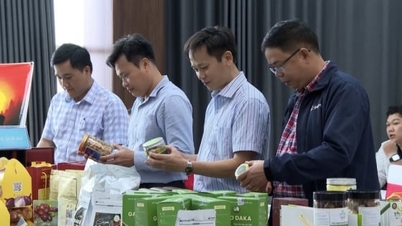












Comment (0)